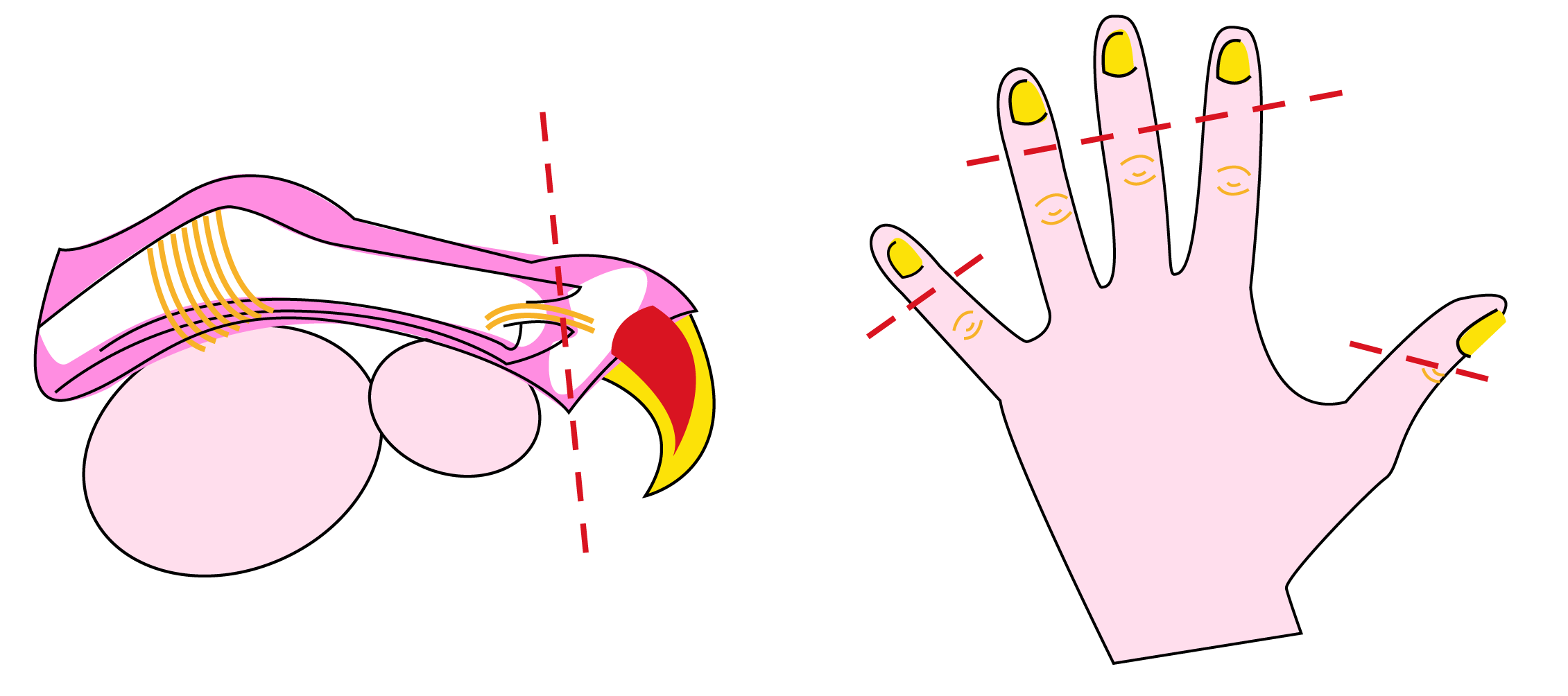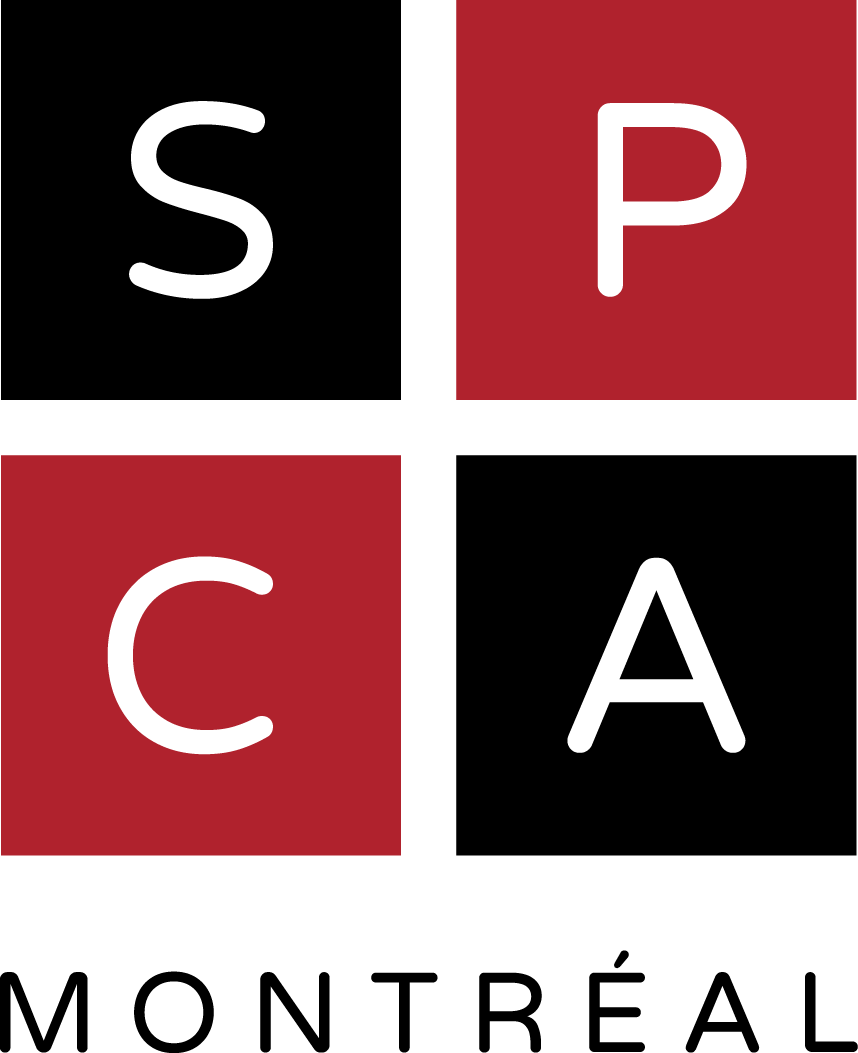The term “declawing” is misleading because the surgery in question involves amputating the third phalanx of each of a cat’s toes.
The Canadian Veterinary Medical Association does not use the term “declawing,” but rather “partial digital amputation” to refer to this procedure. For humans, it would be the equivalent of having the last knuckle removed from all ten fingertips!

What are the different forms of declawing? Are there any less problematic methods?
Three methods are used for: guillotine, scalpel and laser.
- The “guillotine” method consists of using a guillotine nail trimmer to cut off the third phalanx of each toe. Due to its lack of precision, this technique is likely to damage surrounding structures and sometimes leaves behind fragments of the third phalanx, leading to chronic discomfort.
- The “scalpel” method involves cutting off the third phalanx using a scalpel. This method is more accurate, but requires longer anesthesia and the use of a tourniquet to limit bleeding, which can compress the nerves and cause temporary paralysis.
- Finally, the “laser” method uses a laser beam to cut off the phalanx, ligate the blood vessels and burn the nerve endings of the toe. This technique can cause burns and leave fragments of the bone in place, resulting in chronic pain.
All three methods consist in amputations, carry risks of complications and cause post-operative pain and discomfort that can sometimes even become chronic. In addition, they deprive cats of the opportunity to express a variety of natural behaviours that are essential to their welfare.
And tendonectomy?
There is also a surgery called “tendonectomy” in which the third phalanx is not amputated, but rather the tendon that allows the cat to move and thus expose her claws is sectioned. Several studies have shown that cats who have undergone this type of procedure suffer from the same postoperative complications and pain as cats who have undergone “conventional” declawing. In addition, a cat who has undergone tendonectomy is unable to sharpen her claws and must therefore have her nails trimmed regularly to prevent them from growing too long and causing injury to the cat. For these reasons, the Canadian Veterinary Medical Association considers tendonectomy to be just as unacceptable as “conventional” declawing.






